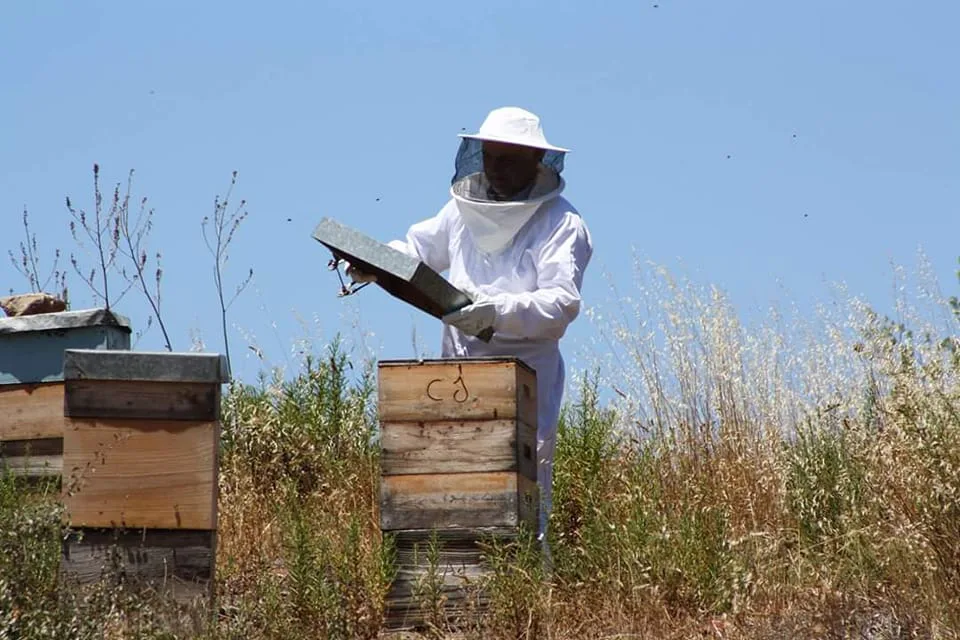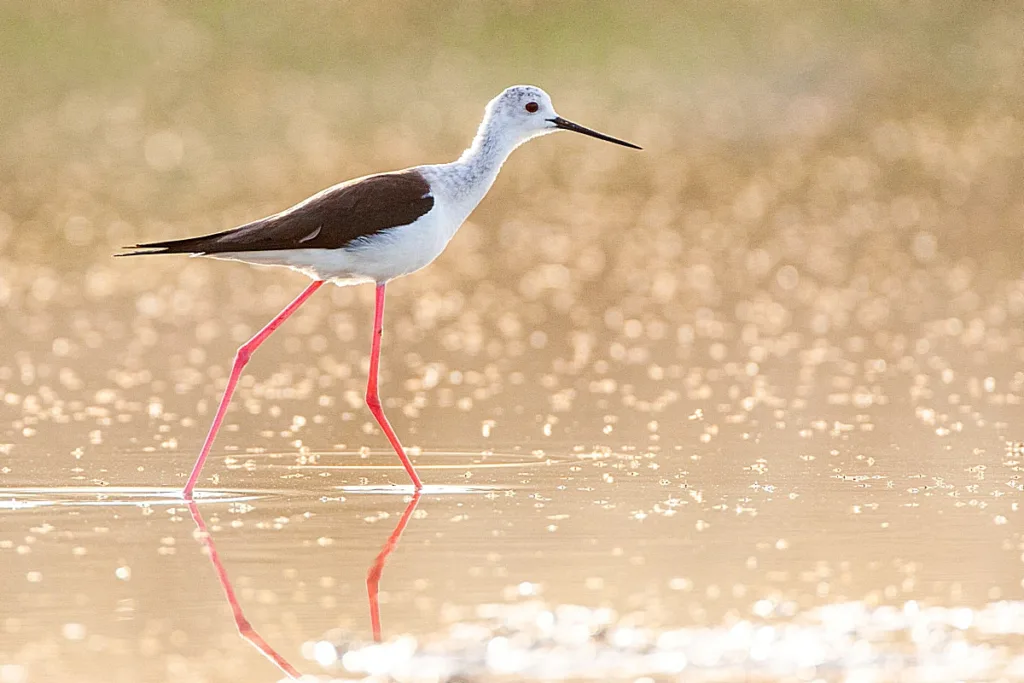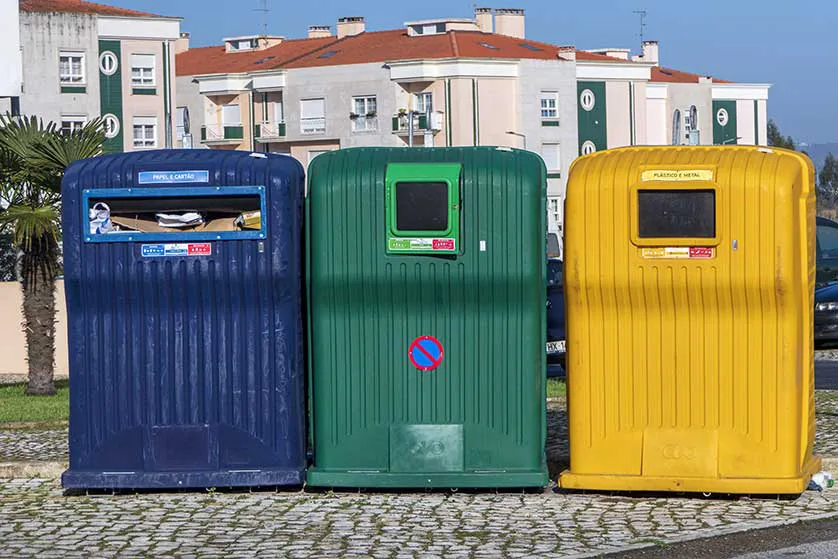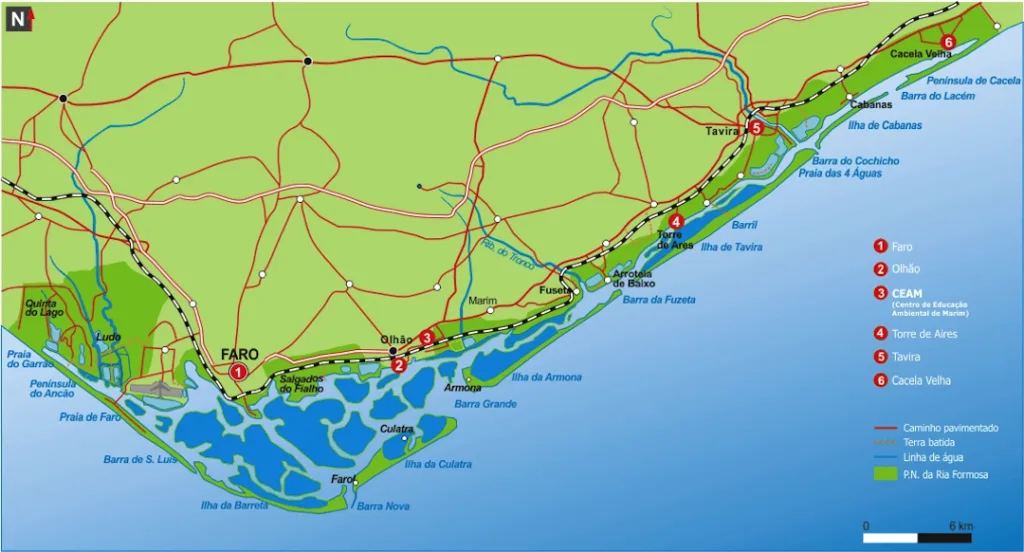O mel e o Algarve andam de mãos dadas - as flores aquecidas pelo sol, as ervas aromáticas e o zumbido das abelhas combinam-se para produzir alguns dos méis mais apreciados de Portugal. Aqui em Tavira e em todo o sotavento algarvio, pequenos apiários estão a reavivar tradições, a apoiar a biodiversidade e a produzir mel puro e sazonal baseado inteiramente na flora local e em métodos ancestrais.
🐝 Abelhas Heróis do Algarve
Apicultura Algarve - Fundada por Tomás
Tomás, um ecologista de origem belga com um mestrado em Gestão Rural Sustentável pela Universidade do Algarve, apaixonou-se pelas abelhas enquanto investigava as culturas de framboesa. Começou Apicultura Algarve para apoiar os polinizadores e produzir mel cru 100% em harmonia com a natureza. As suas colmeias estão espalhadas por Serra Algarvia , Barrocal , e Baixo Alentejo A empresa oferece mel de pequena produção, sem pasteurização nem aditivos.
- Comprar os seus méis ou entrar em contacto
- Instalações com certificação HACCP, colheitas totalmente rastreáveis
- Oferece workshops e visitas escolares mediante pedido
Melaria do Monte - Manuel & Célia Jesus
Situada perto de Monchique (1,5 horas de carro), mas com zonas de produção que se estendem até ao sotavento algarvio, esta empresa familiar começou em 2003. Manuel, criado numa família de apicultores, gere atualmente mais de 350 colmeias. As colheitas são efectuadas a partir de maio a agosto utilizando técnicas de fumagem naturais e um manuseamento cuidadoso.
- As variedades incluem flor de laranjeira, tomilho e flores silvestres
- Vendido em mercados ecológicos e lojas selecionadas do Algarve
- Orgulhosamente não utiliza filtragem mecânica ou calor
🌼 Uma amostra da flora local
Cada mel reflecte as flores locais:
- 🍊 Mel de flor de laranjeira - Frescura primaveril, pálida e floral
- 🌿 Mel de tomilho - Rico, terroso e rico em timol
- 🌰 Mel de alfarroba - Colhido no outono e agridoce, perfeito com cheese
- 🍓 Mel de Medronho - Raro, tardio, do medronheiro, ligeiramente amargo
A produção depende da precipitação e das épocas de floração, pelo que os méis locais variam todos os anos - o verdadeiro slow food em ação.
🧂 Mel verdadeiro: Puro e Protegido
Os méis locais de Portugal estão entre os mais genuínos da UE. Procure rótulos como:
- "Mel de Rosmaninho" (alecrim)
- "Mel Multiflora do Algarve
- Ou simplesmente comprar no Mercado Municipal de Tavira aos sábados para uma autenticidade zero quilómetros.
Atenção: os incêndios florestais do Algarve de 2023-24 devastaram muitos apiários. Projectos como o do Tomás são fundamentais para a recuperação das abelhas e para as colheitas futuras.
🍯 Experimente: Provas e Tours (não verificado pessoalmente)
- 🐝 Apicultura Algarve - encomende online ou envie um e-mail para provas ocasionais e visitas de pequenos grupos.
- 🧭 Passeio no Trilho do Mel do Algarve - visita imersiva com degustações, fabrico de velas e conhecimentos sazonais (aprox. 150 euros p.p.)
- 🌄 PT4U Excursão "Mel nas Montanhas - experiência guiada sobre a cultura do mel silvestre e do montado (€110 p.p.)
Nota: As excursões e os produtores mencionados não foram testados pessoalmente pelo Taste Tavira. Por favor, verifique a disponibilidade e as avaliações antes de efetuar a reserva.






